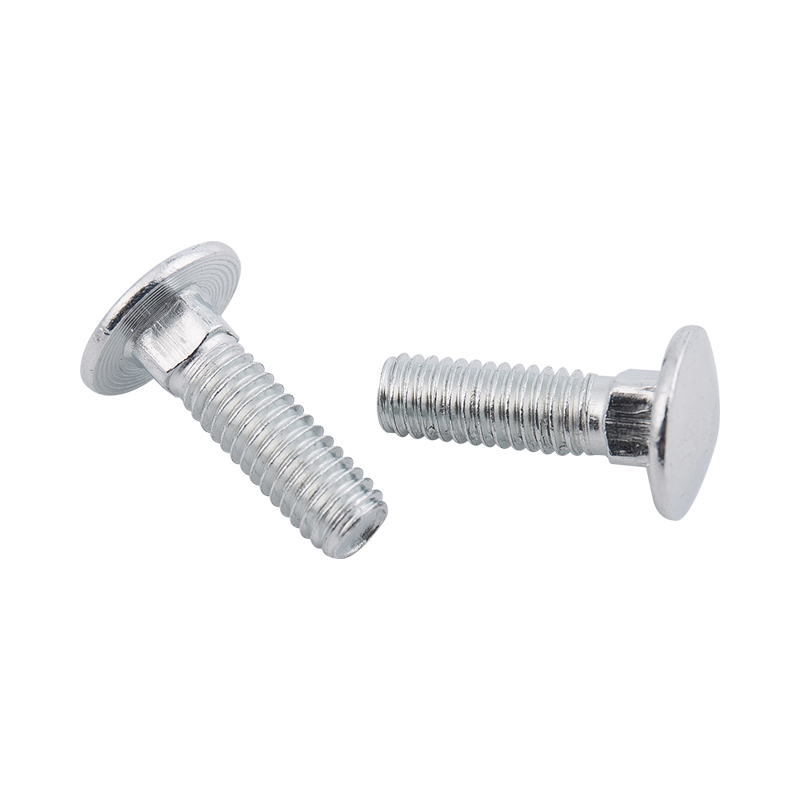-
CBB61 1.2uF/400V Black Film CapacitorsThe CBB61 1.2uF/400V capacitor features a black casing with black dielectric material, measuring 37mm × 24mm × 13mm. It includes mounting holes for se...
-
CBB61 1.5uF/400V CapacitorsThe CBB61 1.5uF/400V capacitor shares the 37mm × 24mm × 13mm black casing and black dielectric material with its 2.0uF counterpart. It also features m...
-
CBB61 2.0uF/400V CapacitorsThe CBB61 2.0uF/400V capacitor comes in a black casing with a black dielectric material, measuring 37mm × 24mm × 13mm. It includes mounting holes for ...
-
CL21 155/400V CapacitorsThe CL21 155/400V capacitor measures 22.5mm × 17.5mm × 10.3mm and is designed with a brown encapsulated casing, offering robust insulation and environ...
-
CL21 105/630V CapacitorsThe CL21 105/630V capacitor has dimensions of 22mm × 12.5mm × 7mm and features a brown encapsulated design, providing enhanced insulation and mechanic...
-
X2-104uf/305V CapacitorsThe X2-104uF/305V capacitor measures 18mm × 12mm × 11mm and features a yellow shell and yellow dielectric material, ensuring reliable insulation and l...
Carbon Steel vs Stainless Steel Bolts: Key Differences Explained
Industry News-Bolts play a critical role in industrial, construction, and mechanical applications, and choosing the right type can directly affect performance, safety, and durability. Among the most commonly used types are carbon steel bolts and stainless steel bolts. While both are widely available and serve similar mechanical purposes, they differ in composition, properties, applications, and maintenance requirements. Understanding these differences can help in making informed decisions when selecting fasteners for specific environments or load conditions.
1. Material Composition
The most fundamental difference between carbon steel and stainless steel bolts lies in their chemical makeup.
Carbon Steel Bolts
These bolts are primarily made of iron and carbon. The carbon content typically ranges from 0.05% to 2.1%, and they may include small amounts of manganese or other elements. Carbon steel is further classified into low, medium, and high carbon steel, each affecting the bolt’s hardness and tensile strength.
Stainless Steel Bolts
Stainless steel bolts contain iron, carbon, and at least 10.5% chromium, which provides corrosion resistance. Other elements such as nickel and molybdenum are often added to enhance specific properties like strength, ductility, or resistance to chemicals and extreme temperatures.
2. Corrosion Resistance
Carbon Steel
While strong and cost-effective, carbon steel bolts are vulnerable to rust and corrosion when exposed to moisture or chemicals. They often require surface treatments such as galvanizing, plating, or painting to improve their resistance.
Stainless Steel
Stainless steel bolts are well-known for their natural corrosion resistance due to the chromium content that forms a passive oxide layer. This makes them suitable for use in marine environments, chemical plants, food processing equipment, and outdoor applications.
3. Mechanical Properties
Strength and Hardness
Carbon steel bolts, especially high-carbon variants, can be heat-treated to achieve greater hardness and tensile strength, making them suitable for high-stress structural and industrial applications.
Toughness and Ductility
Stainless steel bolts typically offer better toughness and ductility. While not as hard as high-carbon steel, they perform reliably under dynamic loads and vibration, and are less likely to become brittle over time.
4. Cost Considerations
Carbon Steel
Generally more affordable, carbon steel bolts are cost-effective for large-scale projects where corrosion resistance is not the primary concern. They are widely used in construction, manufacturing, and machinery.
Stainless Steel
Due to the inclusion of expensive alloying elements like chromium and nickel, stainless steel bolts are more expensive. However, the investment often pays off in applications where longevity and low maintenance are essential.
5. Appearance and Finish
Carbon Steel
These bolts are usually dark grey or black unless coated. Their appearance may vary based on surface treatments like black oxide or zinc plating.
Stainless Steel
Stainless steel bolts have a bright, silvery finish and maintain their appearance over time, which is desirable for architectural or visible hardware installations.
6. Magnetic Properties
Carbon Steel
Almost always magnetic, which can be advantageous in some applications where magnetic detection or response is needed.
Stainless Steel
Many types of stainless steel, especially austenitic grades like 304 and 316, are non-magnetic or only slightly magnetic. This property can be critical in certain electronic or medical environments.
7. Applications
Carbon Steel Bolts
Commonly used in construction, automotive, heavy machinery, and general-purpose fastening. Their strength and affordability make them ideal for load-bearing structures in dry or protected environments.
Stainless Steel Bolts
Widely used in industries requiring hygiene, corrosion resistance, and aesthetic value, including food processing, pharmaceuticals, marine, and outdoor installations.

Choosing between carbon steel and stainless steel bolts requires a clear understanding of the application's demands. If strength and budget are the primary concerns and the environment is dry or controlled, carbon steel bolts are a practical choice. However, if corrosion resistance, durability, or hygiene is vital, stainless steel bolts are the preferred option. Each material has its strengths, and selecting the right bolt type ensures long-term performance and safety in any project.



 русский
русский Español
Español